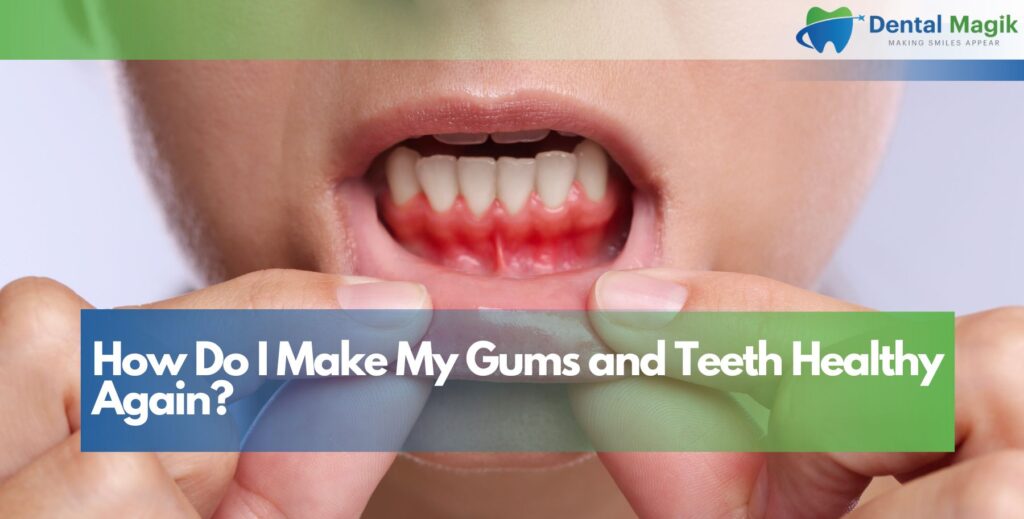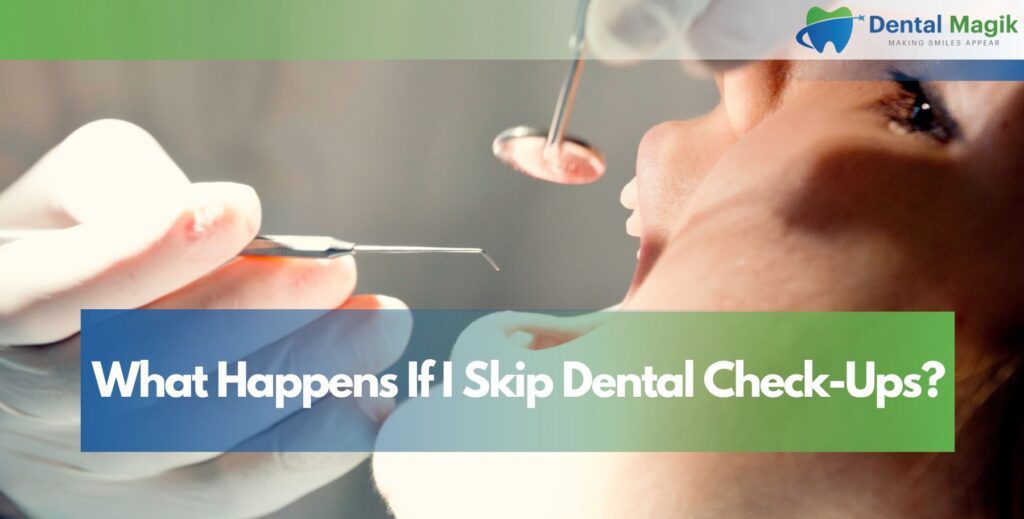Dental bonding is a simple yet powerful cosmetic dental treatment that helps restore, reshape, and enhance your smile. It’s especially popular for fixing small imperfections like chips, discoloration, and gaps between teeth. Compared to other cosmetic procedures, dental bonding is faster, more affordable, and often requires no anesthesia.
Let’s walk through everything you need to know about the benefits of dental bonding, the process, and why it might be the right option for your smile.
What Is Dental Bonding?
Dental bonding is a treatment where your dentist applies a soft, tooth-colored resin to your natural tooth and hardens it using a special light. This resin bonds directly to your tooth, repairing small damage and improving its appearance.
Because it’s non-invasive and quick, bonding is one of the most preferred cosmetic solutions for patients who want to see fast results without drilling or significant dental work.
Cosmetic Benefits of Dental Bonding
Cosmetic benefits of dental bonding include fixing small chips, cracks, and gaps while improving the shape and color of your teeth. It blends naturally with your smile and gives instant results. Bonding is a great way to boost your confidence without the cost or commitment of more invasive cosmetic treatments.
Fixing Minor Cracks and Chips
If you’ve ever chipped a front tooth or noticed a small crack, dental bonding can repair it beautifully. The resin is shaped and polished to match your natural tooth so no one can tell the difference.
Improving Tooth Color
Bonding is a great option to cover stubborn stains that don’t respond to whitening. Your dentist can select a shade of resin that brightens your smile instantly.
Closing Small Gaps
Small gaps between your front teeth can make people feel self-conscious. Bonding fills those spaces quickly, offering a straighter and more balanced look without braces.
Reshaping Uneven Teeth
Some teeth may appear shorter, smaller, or uneven. Bonding can reshape them so they better match your other teeth, creating a more symmetrical smile.
Functional Benefits of Dental Bonding
Functional benefits of dental bonding go beyond looks. It helps restore chipped or worn teeth, protects exposed roots, and improves bite alignment in minor cases. Bonding adds strength to weakened areas, making it easier to chew comfortably. It’s a simple way to enhance both the appearance and function of your smile.
Protecting Exposed Tooth Roots
If your gums have receded, the roots of your teeth may become exposed. Bonding can cover these areas to reduce sensitivity and protect them from decay.
Reinforcing Worn Teeth
Teeth that are worn down by grinding or acidic erosion can be strengthened using bonding material, helping prevent further damage and wear.
Quick and Convenient Treatment
Dental bonding is a quick and convenient treatment that can often be completed in just one dental visit. There’s no need for molds or lab work, and most cases don’t require numbing. It’s perfect for busy people looking to fix chips, gaps, or discoloration without long procedures or downtime.
Completed in a Single Visit
Most bonding procedures can be completed in less than an hour per tooth. No need to wait for lab work or return for multiple appointments.
Minimal or No Tooth Removal
Unlike veneers or crowns, bonding doesn’t require shaving down your tooth. This preserves your natural enamel and makes the process reversible in many cases.
Affordable Cosmetic Option
Dental bonding is one of the most cost-effective cosmetic treatments available. It allows patients to improve their smile without breaking the bank, making it ideal for those looking for budget-friendly enhancements.
Who Is a Good Candidate for Dental Bonding?
If you have healthy teeth and gums but want to fix cosmetic flaws, bonding might be right for you. It’s best for:
- Minor chips and cracks
- Small gaps
- Discolored teeth
- Uneven tooth edges
It’s not suitable for major repairs, severely decayed teeth, or people who grind their teeth heavily.
The Dental Bonding Process
The dental bonding process is simple and painless. Your dentist will match a tooth-colored resin, apply it to the area, shape it, and harden it with a special light. It usually takes less than an hour per tooth and doesn’t require anesthesia, making it a convenient fix for cosmetic concerns.
Step 1: Shade Matching
Your dentist begins by selecting a resin color that closely matches your natural teeth for a seamless finish.
Step 2: Preparing the Tooth
The surface of the tooth is lightly roughened to help the resin stick. A conditioning liquid is also applied.
Step 3: Applying and Sculpting the Resin
The dentist places the soft resin and carefully shapes it to fix the flaw. This part is done with precision to make sure the tooth looks natural.
Step 4: Hardening and Polishing
A special light is used to harden the material. Then, the bonded area is trimmed and polished to blend perfectly with your surrounding teeth.
Caring for Bonded Teeth
After bonding, it’s important to maintain good oral hygiene and avoid habits that could damage the resin.
Brush and Floss Daily
Use a soft toothbrush and gentle toothpaste to avoid scratching the bonding.
Avoid Staining Foods and Drinks
Coffee, red wine, and tobacco can stain the resin over time. Try to limit these, especially in the first 48 hours.
Regular Dental Visits
Routine check-ups help your dentist monitor the condition of the bonding and ensure it stays in good shape.
How Long Does Dental Bonding Last?
Bonded teeth can last anywhere from 5 to 10 years, depending on how well you care for them. Avoid biting hard objects or using your teeth as tools, and your bonding will last much longer.
Dental Bonding vs. Other Cosmetic Options
Dental bonding is ideal for minor cosmetic fixes, offering a quick and cost-effective solution. Unlike veneers or crowns, it requires less tooth alteration and can often be done in one visit. While it may not last as long, it’s perfect for small chips, stains, or gaps without a major commitment.
Bonding vs. Veneers
Bonding is quicker and more affordable but doesn’t last as long as porcelain veneers. Veneers are better for larger corrections, while bonding works well for small touch-ups.
Bonding vs. Crowns
Crowns cover the whole tooth and are stronger but more invasive and costly. Bonding is a good solution for minor damage and cosmetic fixes.
When to Replace Dental Bonding
Bonding may wear down, stain, or chip over time. If that happens, your dentist can reapply new resin or polish the existing one to refresh your smile.
Boosting Confidence with a Brighter Smile
Dental bonding not only improves your teeth but also your self-esteem. A brighter, more symmetrical smile can make social and professional interactions feel more comfortable and confident.
Conclusion
Dental bonding is a fast, affordable, and effective cosmetic solution for patients looking to improve their smile without major dental procedures. It enhances both the look and function of your teeth, making it a top choice for small but meaningful improvements.
If you want to correct minor flaws, protect sensitive areas, or simply brighten your smile, talk to a trusted Dentist in East Brunswick, NJ to see if dental bonding is right for you.
FAQs
How long does dental bonding last?
With proper care, bonding can last between 5 to 10 years before needing replacement or touch-up.
Can dental bonding be whitened later?
No, bonding doesn’t respond to whitening. If it gets stained, it may need to be polished or replaced.
Is the bonding process painful?
Not at all. Most procedures are painless and don’t require anesthesia unless it involves a cavity.
Can bonding fix a gap between my teeth?
Yes, bonding is often used to close small gaps between teeth quickly and affordably.
Is dental bonding suitable for back teeth?
It can be, but bonding is best suited for front teeth due to the lower pressure they endure.







